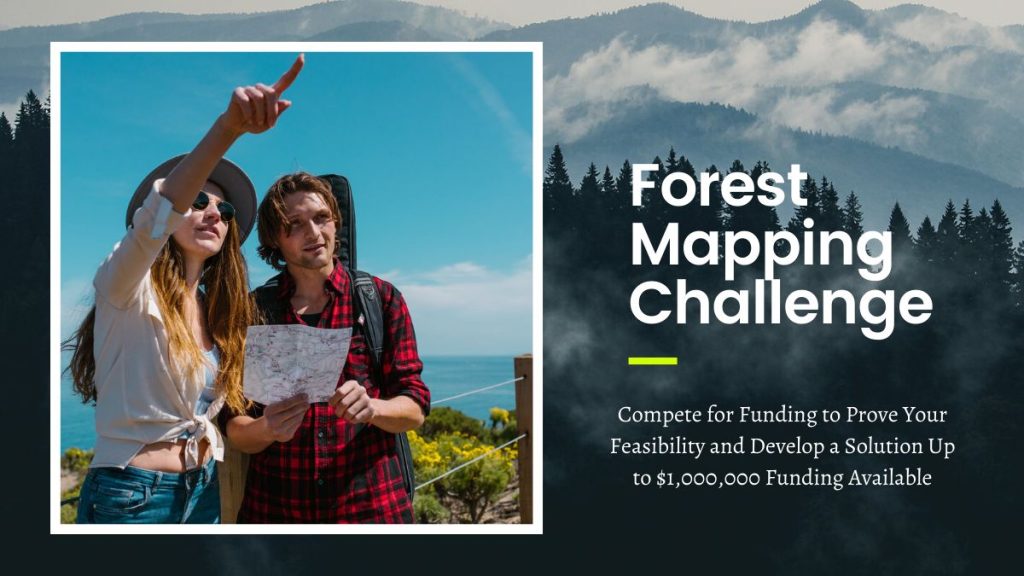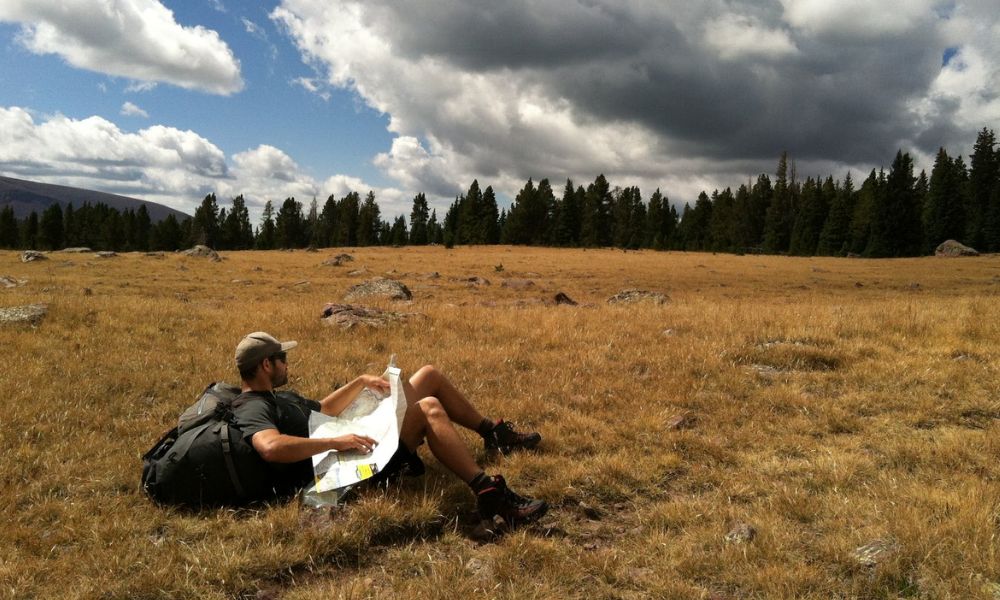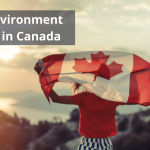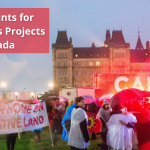
Forest mapping is an important task that helps us understand and manage forest resources. The forest mapping challenge is a contest that encourages people to develop innovative methods of mapping forests. The forest mapping challenge is a contest that encourages people to develop innovative methods of mapping forests. The Challenge is divided into two parts: the first part focuses on developing new forest mapping methods, and the second part focuses on using those methods to map a specific area of forest.
Participants in the Challenge are encouraged to share their methods and results with the community. The forest mapping challenge aims to develop new methods of mapping forests that are faster, easier, and more accurate than current methods. The Challenge is also designed to promote collaboration among different groups of people interested in forest mapping.
The first part of the contest is focused on developing new methods of forest mapping. Participants are encouraged to share their methods and results with the community. The second part of the contest focuses on using those methods to map a specific forest area. Participants are encouraged to map as much of the area as possible in the shortest amount of time.
The forest mapping challenge is an excellent opportunity for people to learn about forest mapping and to share their ideas with the community. The Challenge is also a great way to promote collaboration among different groups interested in forest mapping.

Why Is Forest Mapping Relevant?
Wildfires have scorched over 2.5 million hectares every year for the past ten years. Wildfire hazard mitigation, like fighting wildfires, is complex and challenging, but both may be considerably improved with fast and precise fuel attribute mapping data.
Airborne laser scanning (ALS) and digital aerial photogrammetry (DAP) data are currently being used in the forest sector to produce and update enhanced forest inventory (EFI) maps. Still, there are no software tools available to quickly and cost-effectively produce detailed vegetation fuel type maps or fuel attribute maps from these types of data. Fire managers, in particular, lack maps of surface fuel and forest structure in the understory.
Background and Context
Many Canadian terrestrial ecosystems, such as boreal forests, are dependent on wildfires. Communities in these ecosystems are at peril, and climate change exacerbates wildfire risk. Communities are analyzing their wildfire risk and hazard and developing mitigation solutions or will do so shortly.
For wildfire danger assessment and mitigation planning and prevention and suppression, accurate mapping of vegetation structure and composition is critical. Communities will supplement provincial, territorial, and federal government agencies’ large-area, intermediate spatial resolution (30 x 30 m) vegetation fuel type maps with more comprehensive maps for their own local wildland-urban interface areas. However, the technologies for swiftly and cost-effectively making these comprehensive local area maps are not yet fully developed. Airborne laser scanning (aka LiDAR) and digital aerial photogrammetry (DAP) data are currently being used by the forest sector to produce and update enhanced forest inventory maps. Still, there are no software tools for quickly and cost-effectively producing detailed vegetation fuel type maps or fuel attribute maps from these types of data. Fire managers, in particular, lack maps of surface fuel and forest structure in the understory. The lack of such data makes it challenging to forecast fire behavior in locations where vegetation management or other hazard reduction/Fire Smart interventions have been implemented.
Various answers are required depending on the situation: –
-1 m x 1 m resolution within 500 m of the value at risk (e.g., building or structure) (no tool currently exists)
-Between 500 and 2000 meters from the risky asset: Resolution: 5 m x 5 m (no tool currently exists)
-30 m resolution beyond 2000 m from the value at risk (provided by national products)
The maps that arise can be utilized for a variety of applications. Annual development of updated maps works well for long-term planning, and maps do not need to be created rapidly. In some circumstances, such as firefighting, maps must be produced fast, ideally within a few hours. The new technology would be in high demand in Canada and around the world.

What Are the Benefits of Forest Mapping?
There are many benefits of forest mapping. Some of the benefits include:
1. Forest mapping helps us understand and manage forest resources.
2. Forest mapping can help us identify areas at risk of deforestation or fire.
3. Forest mapping can help us map the distribution of trees, plants, and wildlife in a forest.
4. Forest mapping can help us understand the environmental impacts of forest management practices.
5. Forest mapping can help us monitor the progress of reforestation projects.
6. Forest mapping can help us track the spread of invasive species in a forest.
7. Forest mapping can help us assess the damage caused by natural disasters in a forest.
There are many benefits of forest mapping. Forest mapping helps us understand and manage forest resources. It also helps us track the changes in forest resources over time. Forest mapping can also help us identify areas at risk of deforestation. Forest mapping is an essential tool for managing forest resources. By mapping forests, we can track the changes in forest resources over time. We can also identify areas at risk of deforestation and take steps to protect them. Forest mapping is also helpful in managing wildlife habitats and planning forest conservation projects.
What Are the Challenges of Forest Mapping?
The challenges of forest mapping include:
- Accurately measuring the size and shape of trees.
- Detecting changes in forest cover.
- Dealing with the variability in forest conditions.
These challenges can be overcome by using innovative methods of forest mapping. The size and shape of trees can be challenging to measure accurately. This is because trees are often tall and slender, and they can be challenging to see from a distance. To map forests accurately, we need to develop methods of measuring the size and shape of trees faster and easier than current methods. Detecting changes in forest cover is another challenge. Forest cover can change quickly due to deforestation, fire, and other natural disasters. To map forests accurately, we need to develop methods of detecting changes in forest cover that are faster and easier than current methods. Dealing with the variability in forest conditions is also a challenge. Forest conditions can vary significantly from one area to another. To map forests accurately, we need to develop methods of dealing with the variability in forest conditions that are faster and easier than current methods.

What Are the Mandatory Outcomes?
The proposed solution must include the following features:
-Allow users to create maps rapidly after data is collected (no more than four weeks, including all steps of data processing, attribute modeling and map dataset output).
-To be able to construct maps with a range of spatial resolutions using existing data sources (airborne laser scanning LiDAR data, digital aerial photogrammetry data, or other data that may be gathered practicably for precise vegetation fuel attribute mapping) (range between 1×1 m and 30×30 m pixels).
-Be reasonably priced and comparable to other geomatics software on the market.
What Multiple Grants Could Result from this Challenge?
1st Phase
The maximum amount of funds available for any Phase 1 Grant awarded due to this Challenge is CAD 150,000.00.
Any Phase 1 project supported by a grant awarded due to this Challenge can last up to 6 months.
Phase 1: Estimated number of grants: 2
Phase 2
A maximum of CAD 1,000,000 is available for any Phase 2 Grant that results from this Challenge.
Any Phase 2 project supported by a grant awarded due to this Challenge can last up to 24 months.
Only businesses that have completed Phase 1 may be considered for Phase 2.
Number of Phase 2 grants expected: 1

Eligibility
Only small businesses that meet all of the following requirements are eligible to submit solution proposals:
-incorporated in Canada as a not-for-profit organization (federally or provincially)
-Research and development operations in Canada with 499 or less full-time equivalent (FTE) personnel
-Employees and contractors who spend the bulk of their time working in Canada receive 50% or more of the company’s yearly wages, salaries, and fees.
-Canada is the primary workplace for at least half of its full-time employees.
– Canada is the primary residence of at least half of its senior executives (Vice President and above).
Conclusion
Selected businesses are eligible for one grant per challenge phase. This statement is given in good faith, but it does not imply that Canada will grant the estimated total funding. Canada will make the final choice on the number of Phase 1 and Phase 2 grants based on criteria such as evaluation outcomes, departmental priorities, and funding availability. Canada retains the ability to issue partial awards and negotiate revisions to the project’s scope.







Leave a Reply